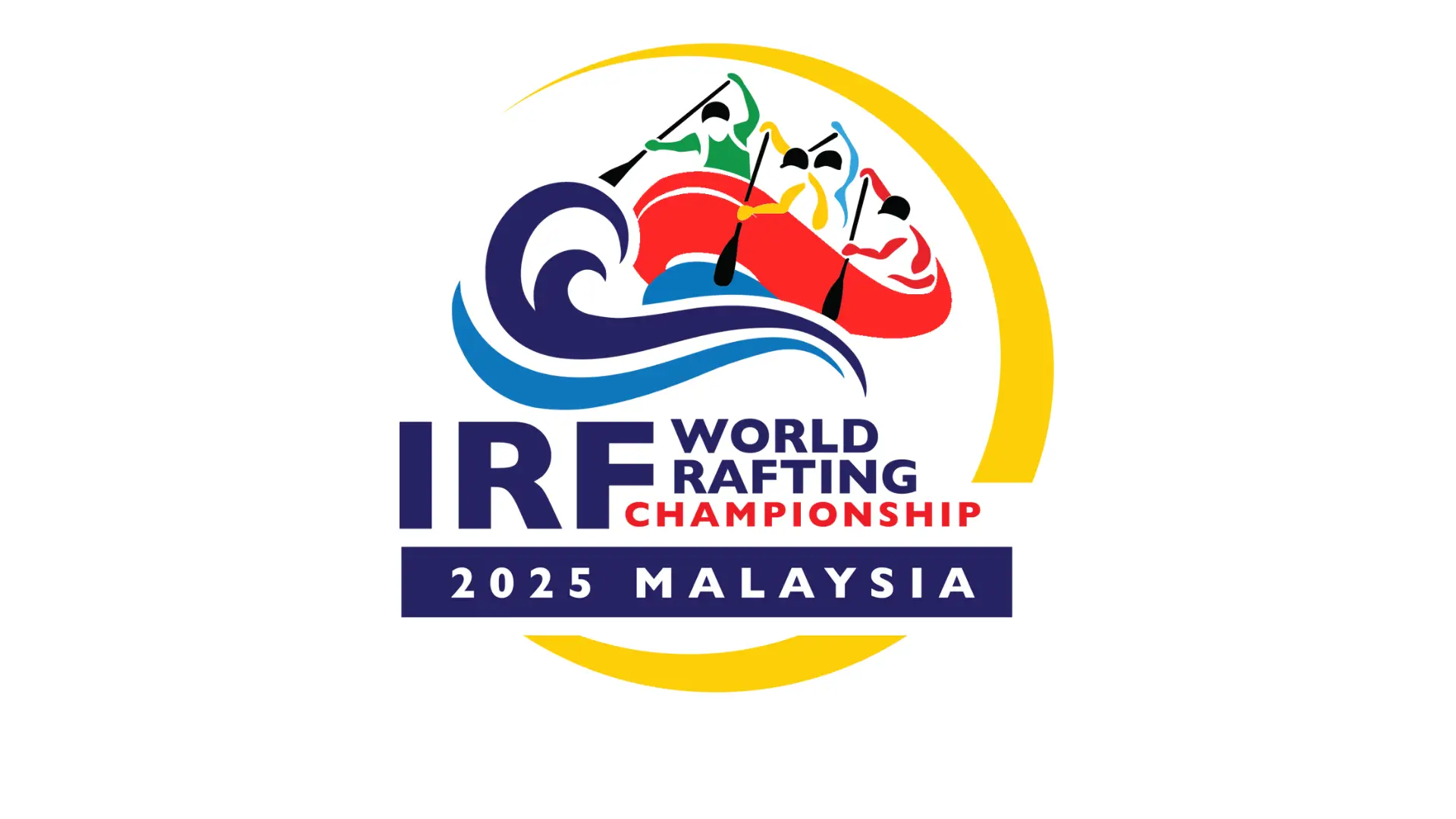Perak Darul Ridzuan
Get ready to experience the beauty of Perak, the proud host state of the IRF World Rafting Championship 2025! Situated on the west coast of the Malay Peninsula, Perak boasts diverse landscapes, from its lush tropical rainforests to majestic mountain ranges like the Titiwangsa, Bintang and Keledang, all part of the impressive Tenasserim Hills system. Bordering states like Kedah, Penang, Kelantan, Pahang and Selangor, Perak offers a central location with a rich history rooted in tin mining, particularly in its capital city, Ipoh. While the royal capital remains the charming Kuala Kangsar, the entire state of Perak, with its equatorial climate and abundant natural wonders, provides a stunning backdrop for an unforgettable adventure
Highlights of Perak:
- Culture & Heritage:
- Islands & Beaches:
- Nature & Adventure:
- Food & Drinks:
About Perak

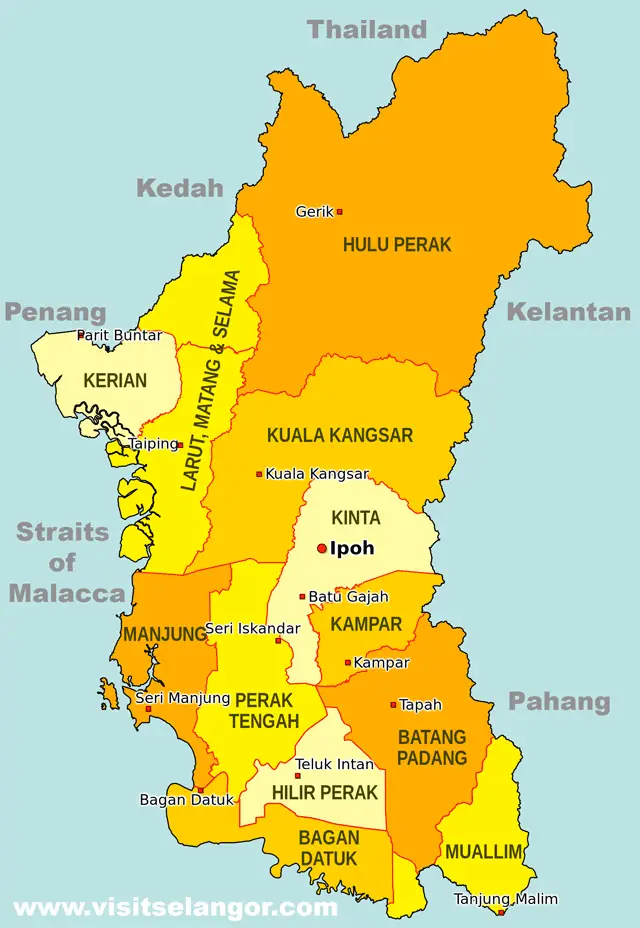
Selangor Darul Ehsan
The State of Selangor, also known with reverence as Darul Ehsan, “Abode of Sincerity,” is a cornerstone of Peninsular Malaysia, gracing its western coastline. Its borders adjoin Perak to the north, Pahang to the east, Negeri Sembilan to the south, and the Strait of Malacca to the west. Significantly, Selangor is the geographical matrix within which the federal territories of Kuala Lumpur and Putrajaya reside, both having been historically part of Selangor. Its landscape is adorned with diverse tropical rainforests, flourishing under an equatorial climate. The Titiwangsa Mountains, a component of the extensive Tenasserim Hills, traverse the state, culminating at Mount Semangkok, its highest point. Shah Alam serves as the state’s capital, while Klang holds the esteemed title of royal capital. Kajang represents the most populous municipality within its greater metropolitan area, and Petaling Jaya exhibits the largest population within city limits. Selangor is notable as one of only four Malaysian states with multiple officially recognized cities, including Petaling Jaya and Subang Jaya. Possessing the largest economy in Malaysia by gross domestic product (GDP), reaching RM 384 billion (around $82 billion) in 2022 and comprising over a quarter of the national GDP, Selangor stands as the nation’s most developed state. Its advanced infrastructure, encompassing highways and transportation systems, supports its position as the state with the largest population, a high standard of living and the lowest incidence of poverty in Malaysia.
Highlights of Selangor:
Culture & Heritage:
Nature & Adventure:
Food & Drinks:
About Selangor
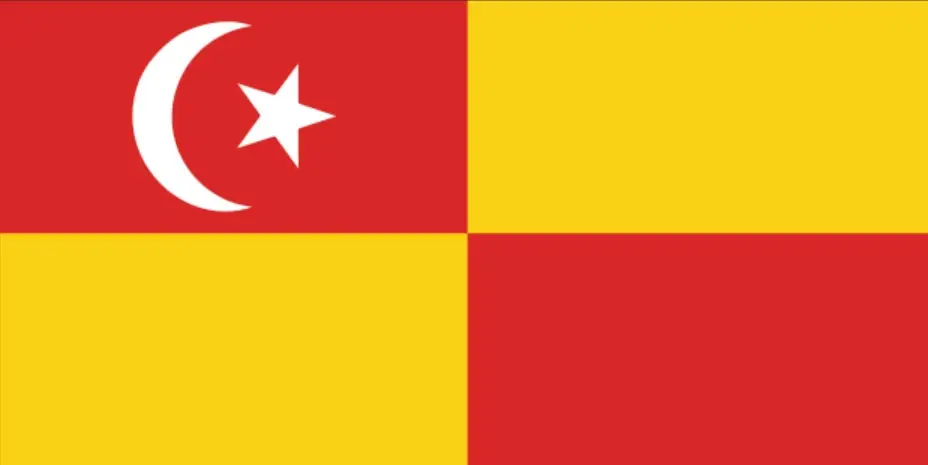
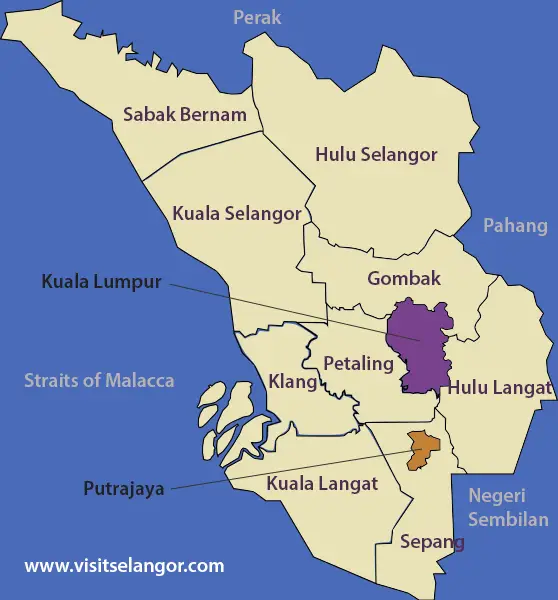
Pahang Darul Makmur
Welcome to Pahang Darul Makmur, the largest state in Peninsular Malaysia and a realm of natural majesty, honored as “The Abode of Tranquility.” Occupying a significant portion of the peninsula, Pahang stretches from its western border with Perak, Selangor and Negeri Sembilan to the east coast along the South China Sea, bordering Kelantan and Terengganu to the north and Johor to the south.
The state’s diverse geography ranges from the imposing Titiwangsa Mountains in the west, acting as a spine for the peninsula, to the coastal plains in the east. Here, you’ll find the mighty Mount Tahan, the highest peak in Peninsular Malaysia, rising to 2,187 meters. Two-thirds of Pahang are covered in lush rainforests, while its central plains are nourished by numerous rivers, including the significant Kuantan and Pahang Rivers. Along the coast, a wide stretch of alluvial soil gives rise to vital deltas and estuarine plains.
Administratively, Pahang is divided into 11 districts. The largest, Jerantut, serves as the gateway to the renowned Taman Negara National Park, a must-visit for nature enthusiasts. The state capital and largest city is the coastal hub of Kuantan. However, the historical town of Pekan holds the esteemed position of royal capital, once known as Inderapura. Other notable towns that grace the landscape include the refreshing hill resorts of Genting Highlands, Bukit Tinggi and Cameron Highlands, alongside Temerloh, Raub, Bentong and Kuala Lipis.
Highlights of Pahang:
Family Fun:
Islands & Beaches:
Nature & Adventure:
Food & Drinks:
About Pahang

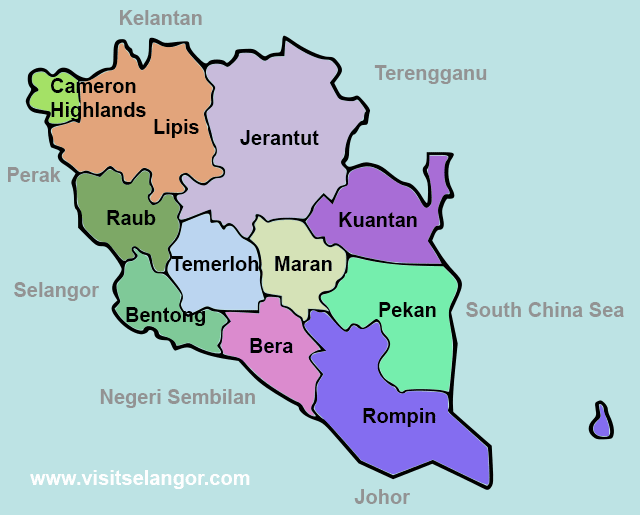
Kuala Lumpur
Welcome to Kuala Lumpur (KL), the bustling heart of Malaysia! As the nation’s capital and largest city, KL is a vibrant hub for culture, finance, tourism, and everything in between.
Get ready to be amazed by the iconic Petronas Towers, a symbol of Malaysia’s modern development. KL is a city that’s well-connected, making it easy to explore with its extensive transit system and direct rail links to Kuala Lumpur International Airport (KLIA), your likely entry point to Malaysia.
Ranked as one of the world’s most-visited cities, KL offers a fantastic experience with world-class shopping, diverse dining and a rich blend of traditions. While your main event is in Gopeng, Perak, take the opportunity to discover the energy and excitement of Kuala Lumpur!
Highlights of Kuala Lumpur:
Culture & Heritage:
KL Iconic:
Nature & Adventure:
Food & Drinks:
About Kuala Lumpur
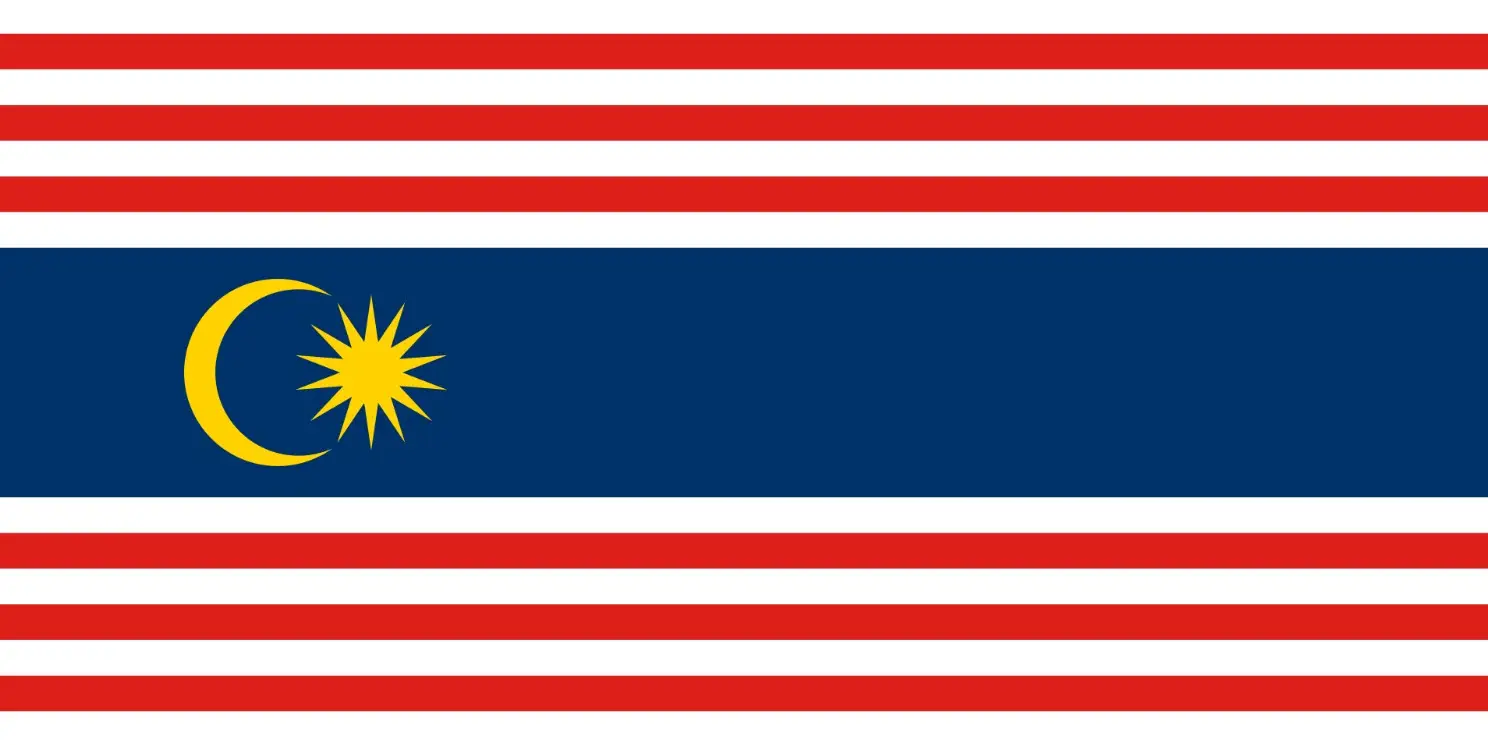
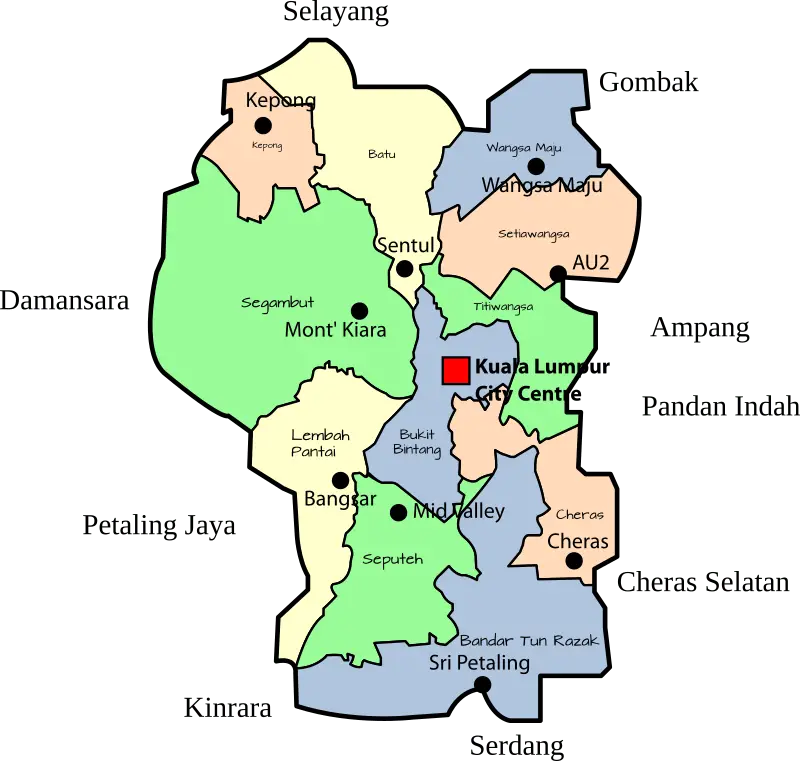
Kedah Darul Aman
Discover Kedah, the northwestern state of Peninsular Malaysia, fondly known as Darul Aman. This unique state presents a captivating contrast, with its mainland primarily dedicated to the cultivation of rice on its relatively flat terrain, while offshore lies the enchanting Langkawi archipelago, boasting a collection of largely untouched islands. Kedah shares its northern border with Perlis and Thailand, and its southern border with Perak – the host state of the IRF World Rafting Championship 2025 – and Penang. The state’s administrative heart is Alor Setar, with the royal seat in Anak Bukit. Don’t miss exploring the urban center of Sungai Petani, the industrial town of Kulim and the duty-free haven of Kuah on Langkawi.
Highlights of Kedah:
Culture & Heritage:
Island & Beaches:
Nature & Adventure:
Food & Drinks:
About Kedah

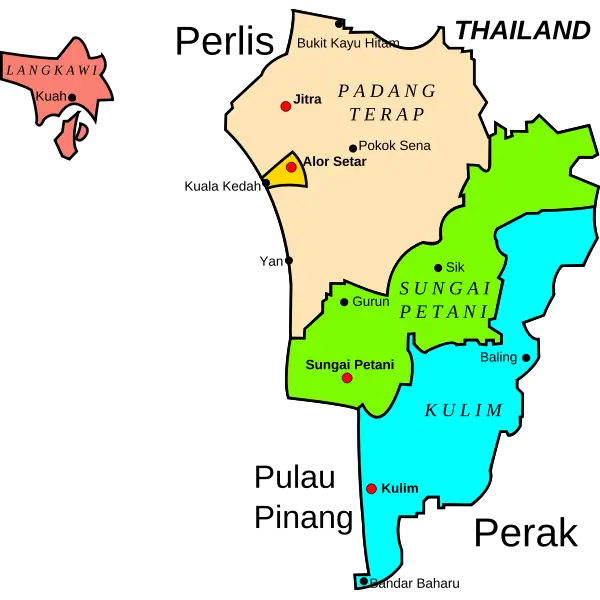
Pulau Pinang
Pulau Pinang also known as Penang is the distinguished state that graces the northwestern coastline of Peninsular Malaysia, bordered by the Strait of Malacca. Comprising the historic Penang Island, home to the capital city of George Town (a UNESCO World Heritage site), and Seberang Perai on the mainland, the two are gracefully linked by the Penang and Second Penang Bridges. Sharing borders with Kedah to the north and east, and Perak to the south (host of the World Rafting Championship), Penang is a significant economic center, boasting the highest GDP per capita and a leading position in Malaysian exports via its bustling international airport. Founded in 1786 and once part of the Straits Settlements, Penang transitioned from a trading port to a hub for electronics and services. Its densely populated and urban landscape is a vibrant tapestry of Chinese, Malay, Indian, Eurasian, Siamese and expatriate cultures.
Highlights of Penang:
Culture & Heritage:
Family Fun:
- Island & Beaches:
Nature & Adventure:
Food & Drinks:
About Pulau Pinang

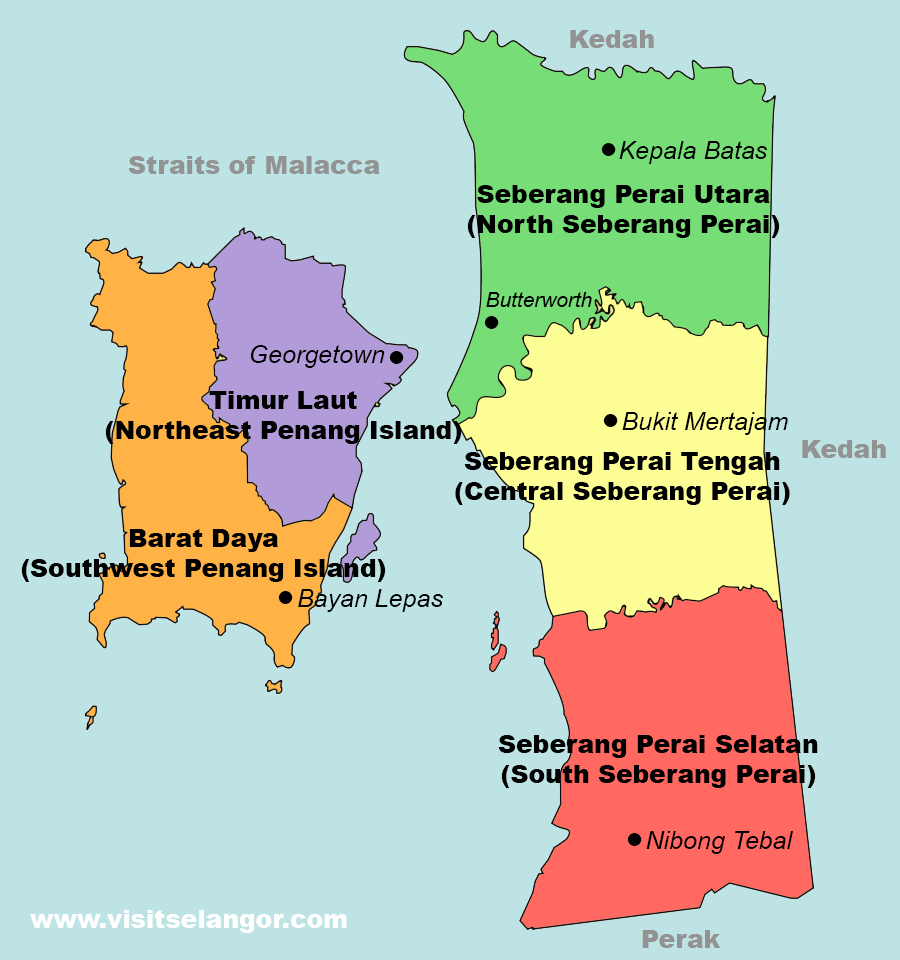
Putrajaya
The Federal Territory of Putrajaya stands as Malaysia’s meticulously planned administrative capital, a vision brought to fruition under the guidance of Prime Minister Tun Dr. Mahathir Mohamad. In a strategic relocation executed in 1999, the federal government’s seat of operations moved from Kuala Lumpur to Putrajaya, addressing the pressures of overcrowding and congestion. Subsequently, in 2003, the judiciary of Malaysia also established its seat in Putrajaya. While Kuala Lumpur retains its constitutional status as the national capital, remaining the abode of the Head of State (Yang di-Pertuan Agong) and the national legislature (Parliament of Malaysia), as well as its standing as the country’s commercial and financial hub, Putrajaya embodies a forward-thinking approach to governance. Conceived in the 1990s, Putrajaya was intended to be a vanguard of “electronic government,” championing the integration of internet, media and digital communications. Its development commenced in August 1995, culminating in its designation as Malaysia’s third federal territory on 1 February 2001, following Kuala Lumpur and Labuan. Notably, Putrajaya is also a key component of MSC Malaysia, a special economic zone encompassing the Klang Valley region.
Highlights of Putrajaya:
Culture & Heritage:
Leisure & Fun:
Nature & Adventure:
Food & Drinks:
About Putrajaya
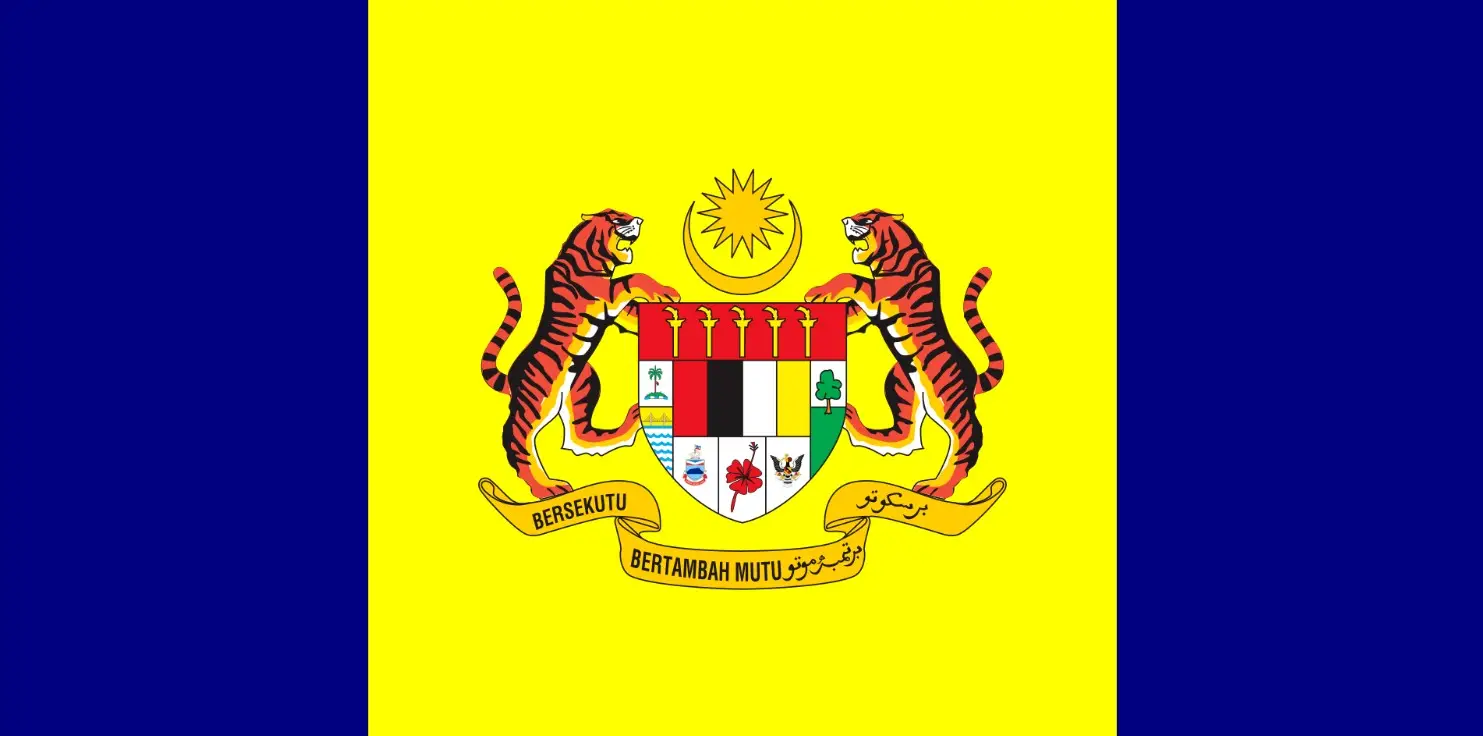
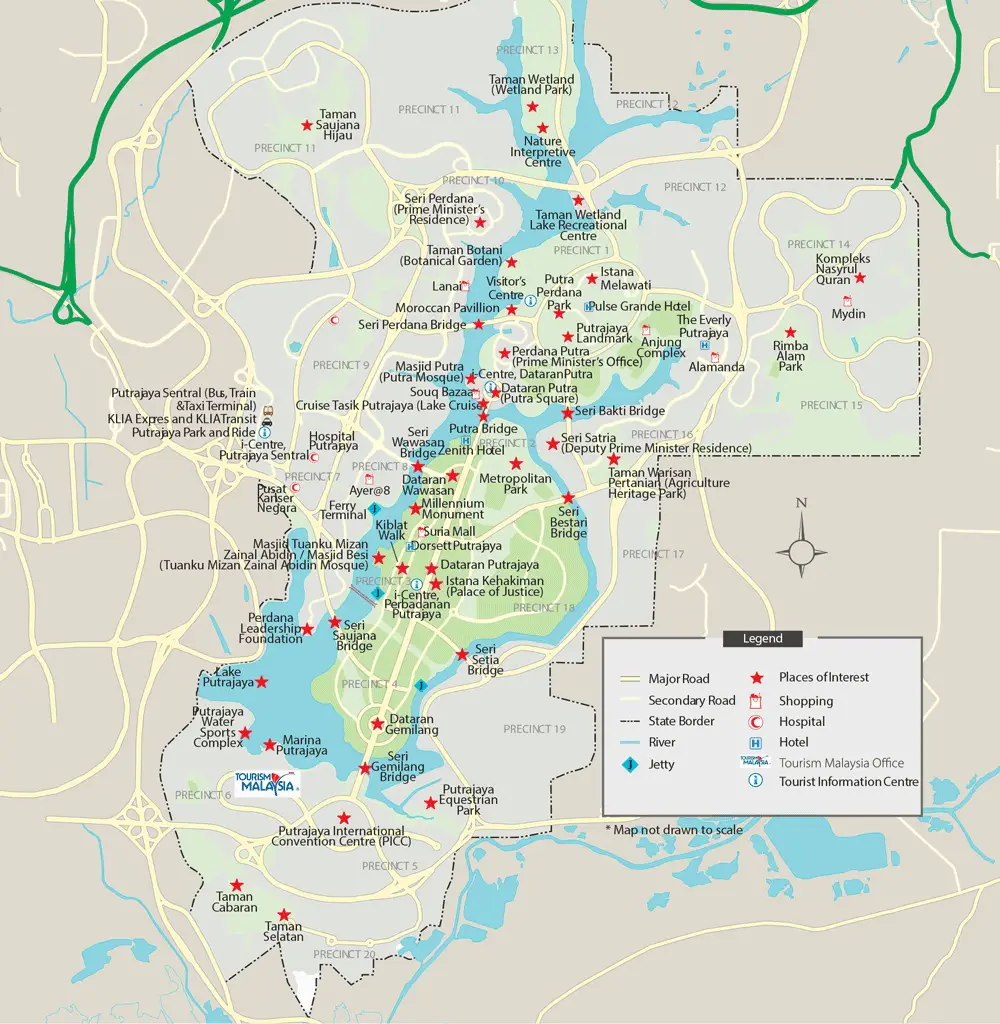
Perlis Indera Kayangan
Situated on the northwestern coast of Peninsular Malaysia lies Perlis, the smallest state in Malaysia by both landmass and populace. Sharing borders with Thailand to the north and Kedah to the south, Perlis uniquely forgoes division into districts in favor of communes, a testament to its compact size. Once known as Palit under Siamese influence, the state recorded a population of 227,025 in 2010. Perlis enjoys a tropical monsoon climate, with its highlands largely constituting the Nakawan Range, part of the extensive Tenasserim Hills system, where Mount Perlis stands as its highest point. This range also forms a natural boundary with Thailand. Kangar serves as the state capital, while the royal capital is located in Arau. Important towns also include Padang Besar, a significant border town with Thailand, and Kuala Perlis, the key ferry terminal providing access to Langkawi Island. The primary port and ferry facilities are situated in the village of Kuala Perlis. Pauh Putra, within the Kurong Anai subdistrict, has become an important area due to its housing of the main campus of Malaysia University of Perlis and Politeknik Tuanku Syed Sirajuddin. Perlis offers attractions such as a snake sanctuary at Sungai Batu Pahat, the natural wonders of Perlis State Park, and the captivating Gua Kelam caves.
Highlights of Perlis:
Culture & Heritage:
Leisure & Adventure:
Food & Drinks:
About Perlis
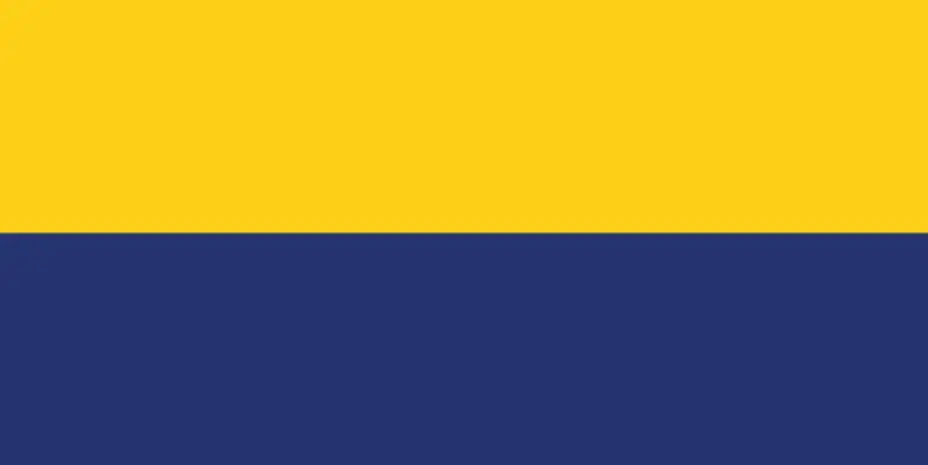
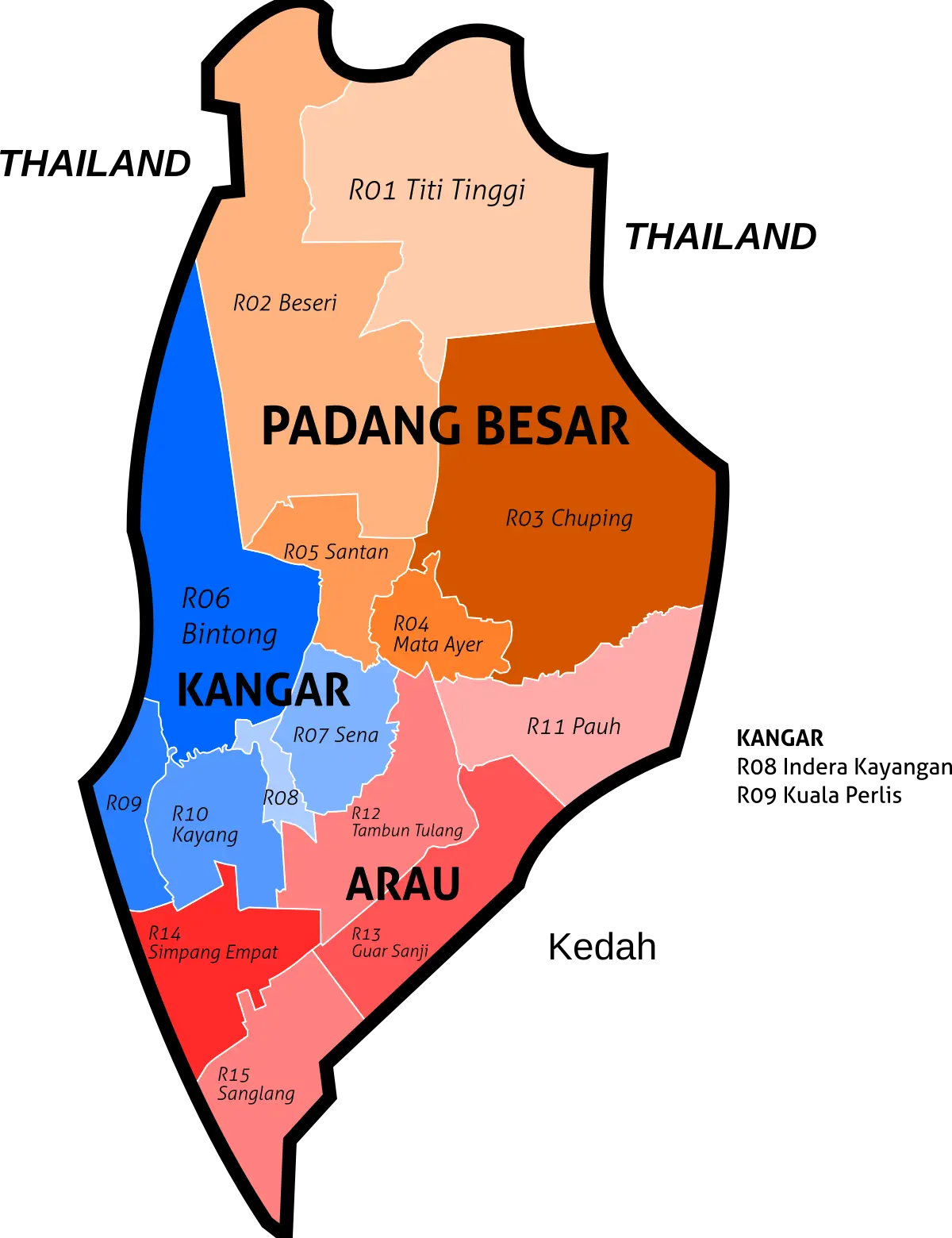
Malacca
The Historic State of Malacca, a jewel in Malaysia’s southern region, commands a strategic location along the Strait of Malacca, bordered by Negeri Sembilan and Johor. Its capital, Malacca City, a UNESCO World Heritage Site recognized in 2008, stands as a compelling testament to its layered history. Embracing a tropical rainforest climate, the landscape is predominantly level, subtly dotted with inselbergs, culminating at Bukit Gapis. While once the heart of a significant early Malay sultanate, the state’s leadership transitioned to a Governor following the Portuguese conquest in 1511. Malacca’s enduring appeal as a major Malaysian tourist destination stems from its unique historical narrative and its pivotal role in bygone international trade. This legacy has fostered a remarkable diversity among its inhabitants, with Malays, Chinese, Indians, Baba Nyonya, Kristang, Chitty, Temuan and Eurasians forming the principal ethnic groups that contribute to Malacca’s rich cultural mosaic.
Highlights of Malacca:
Culture & Heritage:
Island & Beaches:
Malacca Iconic:
Food & Drinks:
About Malacca
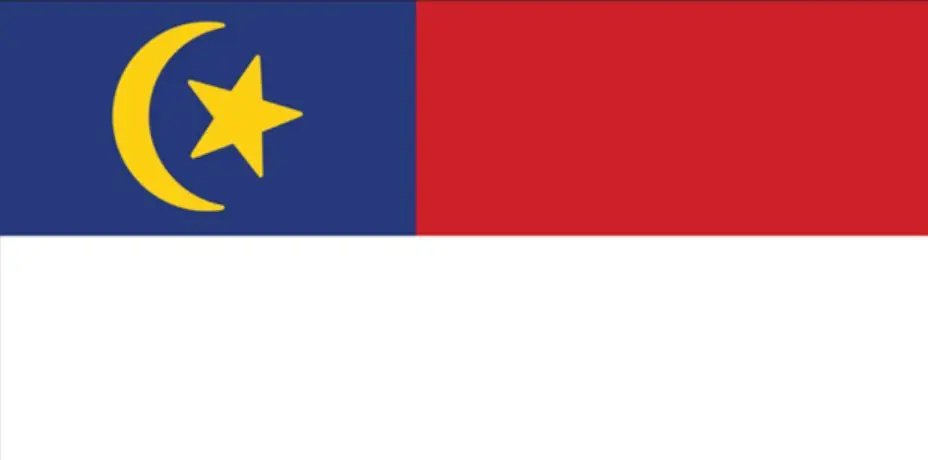
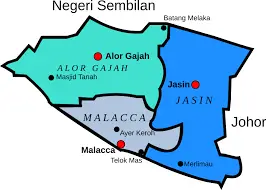
Negeri Sembilan Darul Khusus
About Negeri Sembilan
Negeri Sembilan, also known historically as Negri Sembilan, lies on the western coast of Peninsular Malaysia, bordering Selangor, Pahang, Malacca, and Johor, placing it near the IRF World Rafting Championship in Perak. Characterized by tropical rainforests and an equatorial climate, its landscape is defined by the Titiwangsa Mountains, culminating in Mount Besar Hantu. Seremban is the capital, and Seri Menanti is the royal seat. Key towns include Port Dickson and Nilai. Its economy is driven by agriculture, manufacturing, and services, particularly in the Seremban and Port Dickson areas. The state’s name, “nine states,” originates from its Minangkabau settlers from Indonesia, whose influence is still evident in local architecture and dialect. Uniquely, Negeri Sembilan has an elected ruler, the Yang di-Pertuan Besar, chosen by the council of Undangs, making it a distinct monarchy within Malaysia, also operating as a coregency.
Highlights of Negeri Sembilan:
Culture & Heritage:
Island and Beaches:
Nature & Adventure:
Food & Drinks:

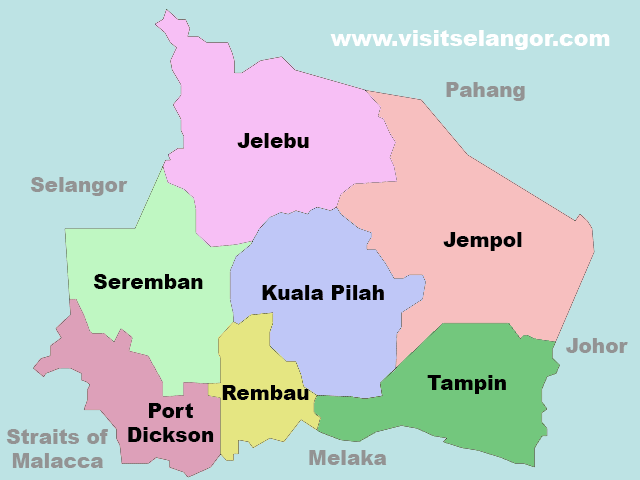
Johor Darul Takzim
About Johor
Johor, or Johore, positioned at the southern end of the Malay Peninsula, is a significant Malaysian state bordering Pahang, Malacca and Negeri Sembilan to the north and sharing maritime boundaries with Singapore and Indonesia. As the second most populous state with 4.09 million residents (2023), Johor is a vital economic hub, boasting the highest GDP outside the Klang Valley and the second-highest household income in Malaysia. Johor Bahru is its capital and economic center, Kota Iskandar its administrative seat and Muar its royal capital. A major manufacturing and logistics center, Johor houses the Port of Tanjung Pelepas, Malaysia’s largest transshipment hub and the world’s 15th busiest port. Iskandar Malaysia is the nation’s largest special economic zone by investment value. Rich in ethnic and cultural diversity, Johor celebrates traditions like Zapin and Kuda Kepang. Ruled by the Sultan and administered by the Chief Minister under a Westminster system, Johor’s landscape features diverse tropical rainforests, an equatorial climate and landmarks such as Mount Ledang.
Highlights of Johor:
Culture & Heritage:
Island & Beaches:
Nature & Adventure:
Food & Drinks:

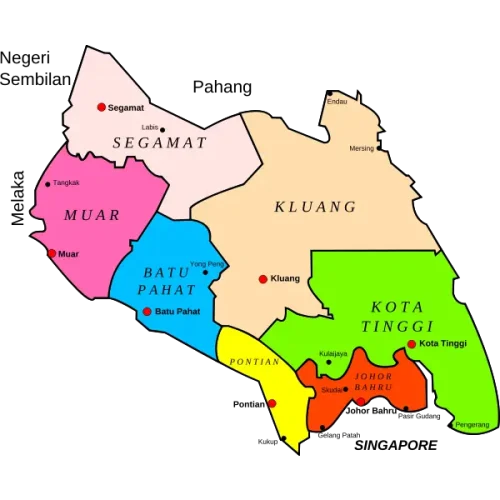
Terengganu Darul Iman
About Terengganu
An eastern jewel of Peninsular Malaysia, Terengganu, formerly known as Trengganu or Tringganu, is a sultanate esteemed as Dāru l-Īmān, the “Abode of Faith.” Kuala Terengganu, a coastal city at the mouth of the Terengganu River, holds the dual distinction of being the state and royal capital, as well as its most populous urban center. The state also encompasses significant towns such as Jerteh, Kuala Dungun, Chukai, Kuala Berang, Marang and Permaisuri. Covering 13,035 square kilometers and inhabited by over 1.2 million people in 2023, Terengganu ranks as the seventh largest and tenth most populous state in Malaysia. Characterized by a remarkable cultural homogeneity, approximately 95% of Terengganu’s population are ethnic Malay-Muslims, fostering a strong sense of shared language, culture, history and tradition. Bordered by Kelantan to the north, Pahang to the west and south and the South China Sea to the east, Terengganu’s geography is diverse. Its interior features the sparsely populated and mountainous Terengganu Highlands, with Mount Lawit as its highest peak, which gradually give way to the predominantly flat coastal plains where the majority of the population resides. Terengganu is renowned for its extensive coastline, holding a national record for the cleanest beach in Malaysia. The state is also a gateway to some of Malaysia’s most exquisite islands, including Perhentian, Kapas and Redang, alongside Bidong Island.
Highlights of Terengganu:
Culture & Heritage:
Island & Beaches:
Nature & Adventure:
Food & Drinks:

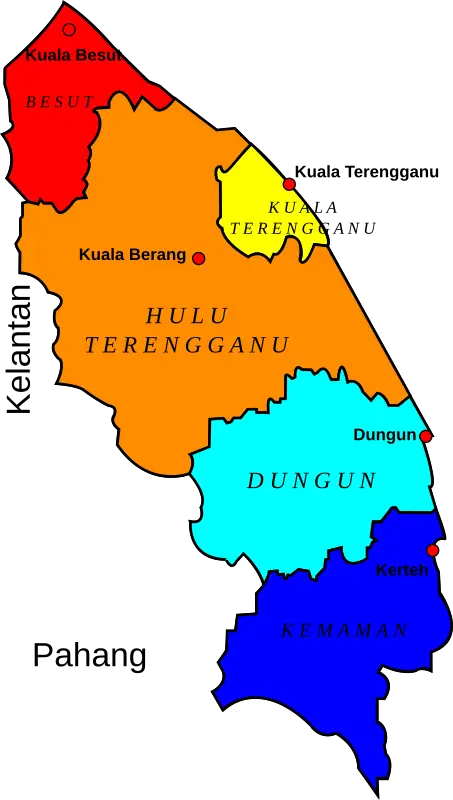
Kelantan Darul Naim
About Kelantan
In the northeastern reaches of Peninsular Malaysia, the state of Kelantan, also known as Darul Naim, “The Blissful Abode,” unfolds with its capital, Kota Bharu, embracing the royal seat of Kubang Kerian. Characterized as an agrarian realm, Kelantan’s scenery is marked by the tranquil beauty of paddy fields, the charm of traditional fishing villages and the graceful lines of casuarina trees along its coastline. Rich in ancient heritage, Kelantan has yielded some of Malaysia’s most significant archaeological finds, including prehistoric settlements. The state’s comparative remoteness has fostered a unique cultural identity, discernible in its culinary traditions, artistic endeavors and the distinct Kelantanese Malay dialect, which differs considerably from standard Malay. Kelantan shares its northern border with Thailand’s Narathiwat province, its southeastern with Terengganu, its western with Perak (the host state of the IRF World Rafting Championship 2025) and its southern with Pahang, while the South China Sea lies to its northeast. Its natural environment comprises varied tropical rainforests and an equatorial climate, with its terrain ascending into the Titiwangsa Mountains, part of the larger Tenasserim Hills system, where Mount Yong Belar stands as its highest elevation.
Highlights of Kelantan:
Culture & Heritage:
Island & Beaches:
Nature & Adventure:
Food & Drinks:
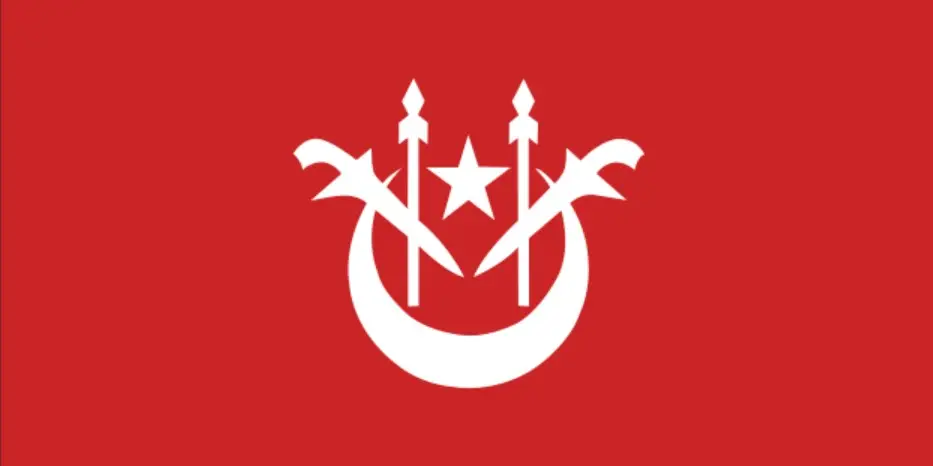

Sarawak
About Sarawak
Sarawak, the largest state in Malaysia, is located on northwest Borneo in East Malaysia. Bordering Sabah, Kalimantan (Indonesia) and Brunei, its capital is Kuching. Home to over 2.45 million people, Sarawak has an equatorial climate with tropical rainforests and notable cave systems in Gunung Mulu National Park. The Rajang River, Malaysia’s longest, flows through the state and Mount Murud is its highest point. Uniquely, Sarawak has a Christian majority and a diverse population including Iban, Chinese and Malay. Its history includes early human settlements at Niah Caves, rule by the Brooke Rajahs and its formation as a founding member of Malaysia in 1963. Governed with greater autonomy within Malaysia by a Governor and Premier, its economy relies on oil, gas, timber, palm oil, manufacturing and tourism. English and Malay are official languages.
Highlights of Sarawak:
Culture & Heritage:
Nature & Adventure:
Food & Drinks:

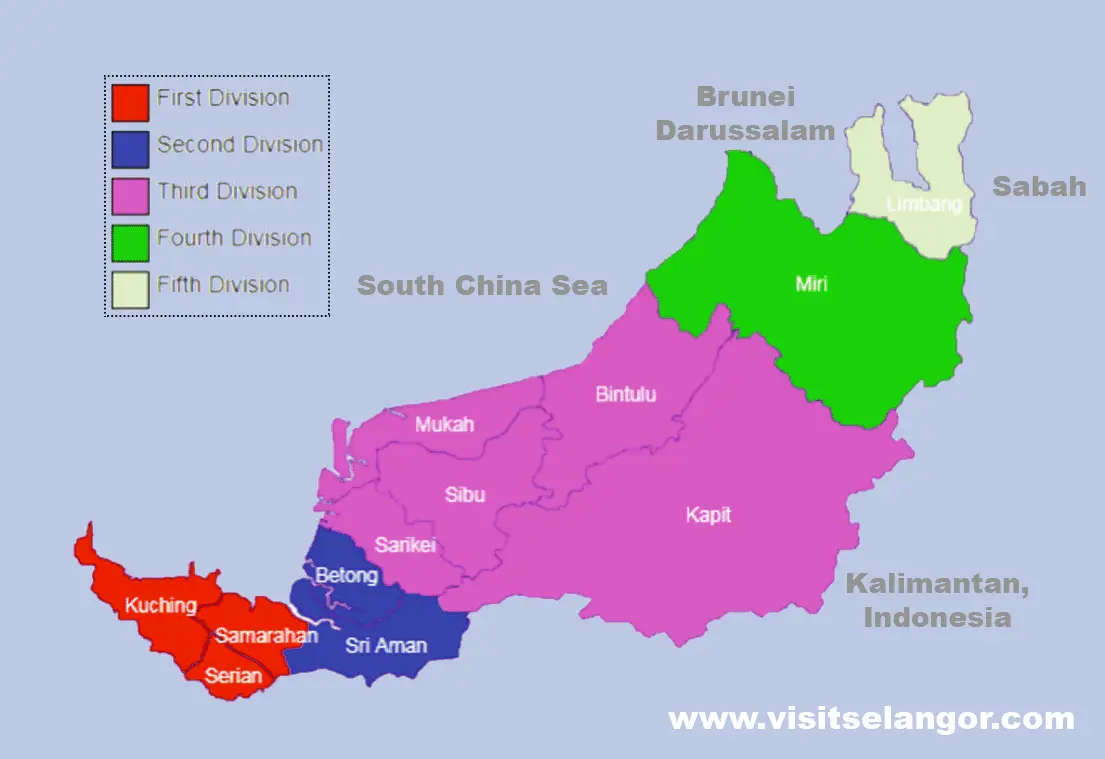
Sabah
About Sabah
Welcome to Sabah, a captivating state in northern Borneo, within the Malaysian region of East Malaysia. Sharing land borders with Sarawak and Indonesia’s North Kalimantan and maritime borders with Vietnam and the Philippines, Sabah occupies a strategic location rich in biodiversity. Kota Kinabalu serves as its vibrant capital and economic center. Other key towns include Sandakan and Tawau. With a population of over 3.4 million (2020), Sabah enjoys an equatorial climate, nurturing extensive tropical rainforests teeming with life. The state’s western flank is defined by majestic mountain ranges, including the Crocker Range National Park, while the Kinabatangan River, Malaysia’s second longest, meanders through its landscape. Dominating the skyline is Mount Kinabalu, the highest peak in Malaysia. Sabah’s history is long and fascinating, with evidence of human settlement dating back millennia in the Darvel Bay area. The state engaged in trade with China from the 14th century and later fell under the influence of the Bruneian Empire. The 19th century saw the arrival of the British North Borneo Chartered Company, followed by Japanese occupation during World War II. In 1946, Sabah became a British Crown Colony, eventually achieving self-governance and joining Malaysia as a founding member in 1963. This union faced challenges, including the Indonesia–Malaysia confrontation and ongoing sovereignty claims. Sabah is a melting pot of ethnicities, cultures and languages. It is governed by a Governor and a Chief Minister under a Westminster system. Malay is the official language, and Islam the state religion, with religious freedom for all. Sabah is known for its unique sompoton musical instrument. Its economy, rich in natural resources, is primarily driven by exports such as oil, gas, timber and palm oil, alongside thriving agriculture and ecotourism sectors.
Highlights of Sabah:
Culture & Heritage:
Island & Beaches:
Nature & Adventure:
Food & Drinks:

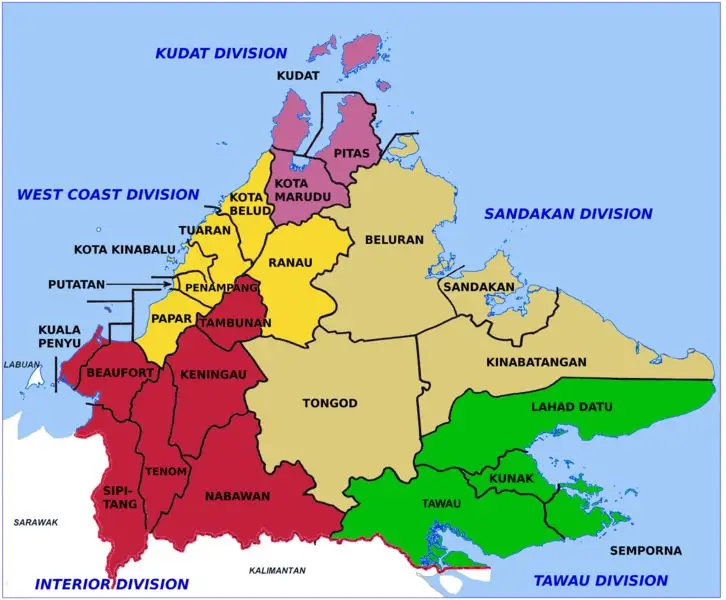
© 2022 All Rights Reserved.
